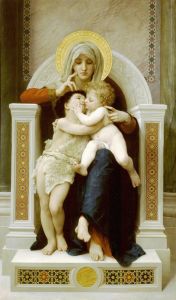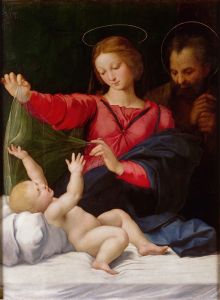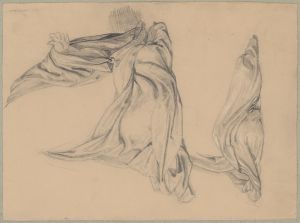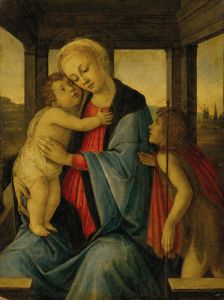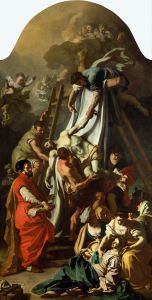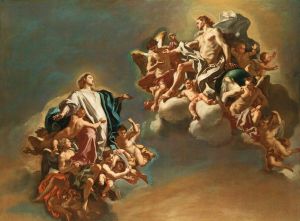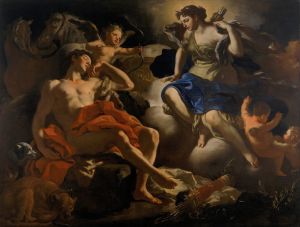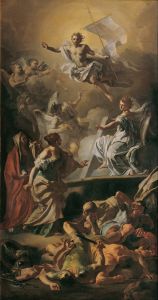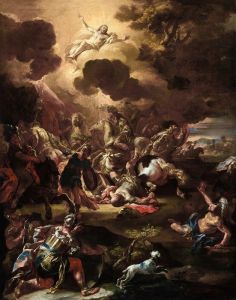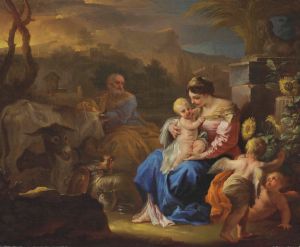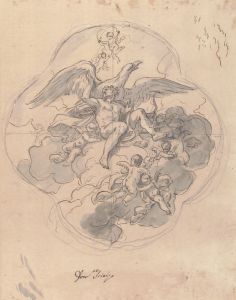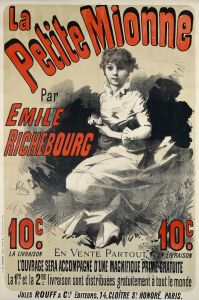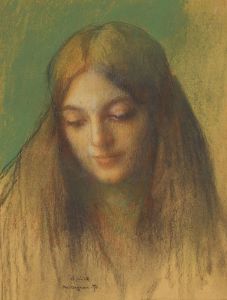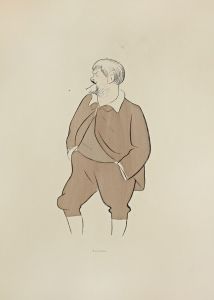
Madonna And Child
A hand-painted replica of Francesco Solimena’s masterpiece Madonna And Child, meticulously crafted by professional artists to capture the true essence of the original. Each piece is created with museum-quality canvas and rare mineral pigments, carefully painted by experienced artists with delicate brushstrokes and rich, layered colors to perfectly recreate the texture of the original artwork. Unlike machine-printed reproductions, this hand-painted version brings the painting to life, infused with the artist’s emotions and skill in every stroke. Whether for personal collection or home decoration, it instantly elevates the artistic atmosphere of any space.
"Madonna and Child" is a painting by the Italian Baroque artist Francesco Solimena. Solimena, born on October 4, 1657, in Canale di Serino, near Avellino, Italy, was a prominent painter of the late Baroque period. He was known for his dynamic compositions, vibrant color palette, and dramatic use of light and shadow, which were characteristic of the Baroque style.
The painting "Madonna and Child" depicts the Virgin Mary holding the infant Jesus. This subject has been a central theme in Christian art for centuries, symbolizing the divine motherhood of Mary and the incarnation of Christ. Solimena's interpretation of this theme is notable for its emotional depth and the tender interaction between mother and child.
In "Madonna and Child," Solimena employs a rich color scheme, with deep reds, blues, and golds that highlight the sacred nature of the figures. The Virgin Mary is often depicted wearing a blue mantle, symbolizing her purity and heavenly grace, while the Christ Child is shown in a state of innocence and vulnerability. The composition is carefully balanced, with the figures positioned in a way that draws the viewer's eye to the intimate connection between them.
Solimena's use of light in this painting is particularly striking. He employs chiaroscuro, a technique that contrasts light and dark to create a sense of volume and three-dimensionality. The light appears to emanate from an unseen source, illuminating the faces of Mary and Jesus and creating a halo effect that underscores their sanctity. This dramatic lighting enhances the emotional impact of the scene, inviting the viewer to contemplate the divine mystery of the Incarnation.
The background of the painting is typically subdued, ensuring that the focus remains on the central figures. Solimena often included architectural elements or landscapes in his backgrounds, but in "Madonna and Child," the simplicity of the setting serves to emphasize the spiritual significance of the moment.
Francesco Solimena was a highly influential artist in his time, and his works were sought after by patrons across Europe. He trained under his father, Angelo Solimena, and later moved to Naples, where he established a successful workshop. Solimena's style evolved over the years, incorporating influences from other Baroque masters such as Luca Giordano and Mattia Preti, but he always maintained a distinctive approach that combined grandeur with a keen attention to detail.
"Madonna and Child" is a testament to Solimena's skill as a painter and his ability to convey profound religious themes through his art. The painting remains an important example of Baroque religious art and continues to be admired for its beauty and emotional resonance.
Francesco Solimena passed away on April 3, 1747, in Barra, near Naples. His legacy endures through his numerous works, which are housed in museums and collections around the world. "Madonna and Child" stands out as a significant piece within his oeuvre, reflecting his mastery of the Baroque style and his deep devotion to depicting sacred subjects.





